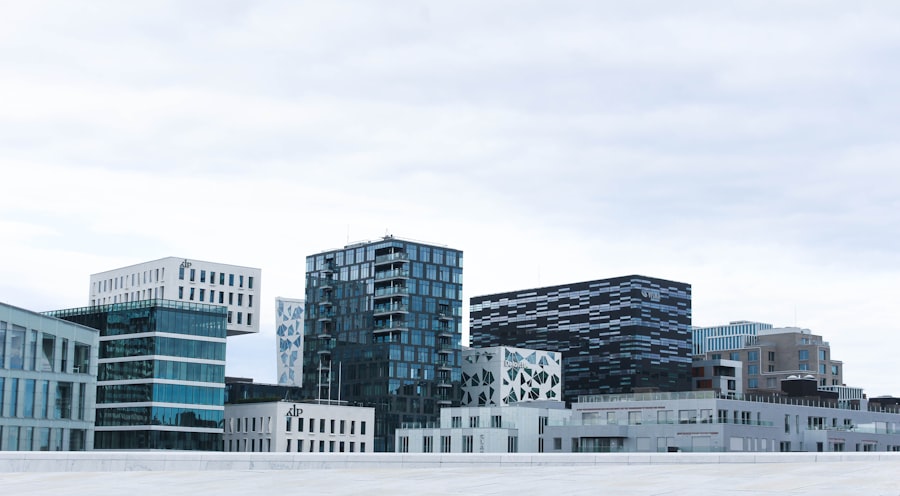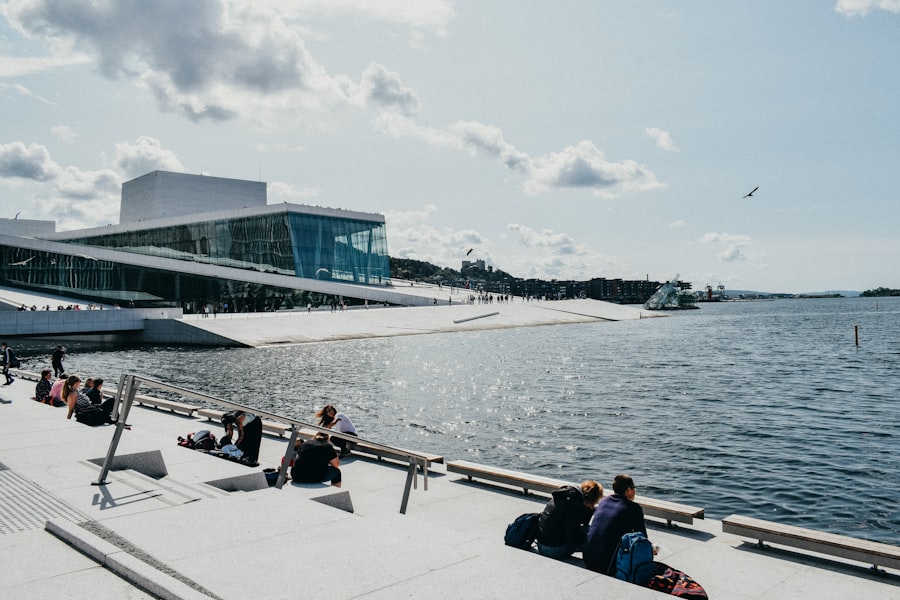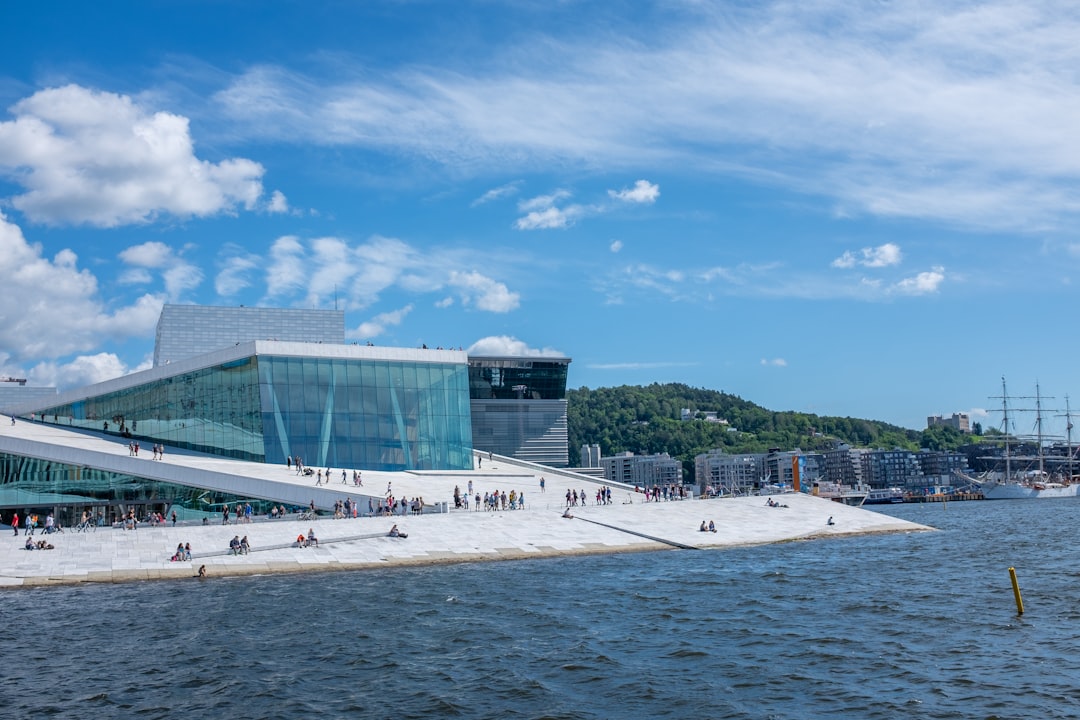The Sámi people, an indigenous group residing in the northern regions of Norway, Sweden, Finland, and Russia, represent a unique cultural tapestry woven through centuries of history and tradition. Known for their deep connection to the land and their rich cultural heritage, the Sámi have maintained their identity despite the pressures of modernisation and external influences. Their way of life is intricately linked to the Arctic environment, which has shaped their customs, beliefs, and social structures.
As one of the few remaining indigenous peoples in Europe, the Sámi continue to navigate the complexities of contemporary society while striving to preserve their distinct cultural identity. Understanding the Sámi people requires an appreciation of their resilience and adaptability. Historically, they have been semi-nomadic reindeer herders, fishermen, and hunters, relying on the natural resources of the Arctic landscape.
This relationship with nature is not merely practical; it is also spiritual, as the Sámi view themselves as stewards of the land. In recent years, there has been a growing interest in Sámi culture, leading to increased recognition of their rights and contributions to the broader narrative of indigenous peoples worldwide. This article aims to explore various facets of Sámi life, from their history and traditions to the challenges they face today. Schedule a one-on-one consultation with our relocation specialists to simplify your move to Norway.
Summary
- The Sámi people are indigenous to the northern regions of Norway, Sweden, Finland, and Russia.
- The Sámi people have a rich history and are believed to have inhabited the region for thousands of years.
- Traditional Sámi lifestyle revolves around reindeer herding, fishing, and hunting, and is deeply connected to nature.
- The Sámi language is an important part of their cultural identity, and traditional Sámi handicrafts are highly valued.
- The Sámi face challenges such as land rights, environmental issues, and preserving their cultural heritage in the modern world.
History and Origins of the Sámi People
The origins of the Sámi people are shrouded in mystery, with archaeological evidence suggesting that they have inhabited the northern regions of Europe for thousands of years. Linguistic studies indicate that the Sámi languages belong to the Finno-Ugric family, which links them to other indigenous groups in northern Eurasia. The Sámi’s historical presence in these regions is marked by a deep-rooted connection to the land, which has shaped their cultural practices and social structures over millennia.
Throughout history, the Sámi have faced various challenges, including colonisation and assimilation efforts by surrounding nations. The arrival of Scandinavian settlers in the 16th century marked a significant turning point for the Sámi people, as they were increasingly pressured to abandon their traditional ways of life. Despite these adversities, the Sámi have demonstrated remarkable resilience, preserving their language and customs while adapting to changing circumstances.
The establishment of Sámi parliaments in Norway, Sweden, and Finland in the late 20th century marked a significant step towards self-determination and recognition of their rights as an indigenous people.
Traditional Sámi Lifestyle and Culture

The traditional lifestyle of the Sámi people is closely tied to their environment, with reindeer herding being a cornerstone of their culture. Reindeer are not only a source of sustenance but also hold significant cultural importance, symbolising the Sámi’s connection to nature. The seasonal migration patterns of reindeer herds dictate the movement of Sámi families, who often travel across vast distances in search of grazing grounds.
This nomadic lifestyle fosters a deep understanding of the land and its resources, as well as a strong sense of community among the Sámi. In addition to reindeer herding, fishing and hunting play vital roles in the traditional Sámi economy. The rivers and lakes of the Arctic region provide an abundance of fish, while hunting offers opportunities for sustenance and cultural expression.
The Sámi have developed a wealth of knowledge about their environment, utilising traditional techniques passed down through generations. This intimate relationship with nature is reflected in their customs, storytelling, and social practices, which emphasise respect for the land and its inhabitants.
Sámi Language and Traditions
The Sámi languages are a vital aspect of their cultural identity, comprising several distinct dialects that reflect the diversity within Sámi communities. These languages are part of the Finno-Ugric language family and are spoken by varying numbers of people across different regions. Efforts to revitalise and promote Sámi languages have gained momentum in recent years, with educational initiatives aimed at teaching younger generations about their linguistic heritage.
Language is not merely a means of communication; it is a vessel for cultural expression and a key component of Sámi identity. Traditions play a crucial role in maintaining the cultural fabric of Sámi society. Storytelling, music, and dance are integral to their heritage, serving as vehicles for passing down knowledge and values from one generation to the next.
Traditional festivals and gatherings provide opportunities for community bonding and celebration of Sámi culture. These events often feature traditional games, crafts, and performances that showcase the richness of Sámi heritage. By embracing their traditions, the Sámi people continue to assert their identity in a rapidly changing world.
Sámi Religion and Spiritual Beliefs
Sámi spirituality is deeply intertwined with their relationship to nature and the land. Traditionally, they believed in a pantheon of spirits that inhabited natural elements such as mountains, rivers, and animals. These beliefs fostered a profound respect for nature and an understanding that all living beings are interconnected.
Rituals and ceremonies were conducted to honour these spirits and seek guidance or blessings for hunting and harvesting. The introduction of Christianity in the 17th century brought significant changes to Sámi spiritual practices. Many Sámi converted to Christianity while attempting to retain elements of their indigenous beliefs.
Today, there exists a blend of traditional Sámi spirituality and Christian practices among many communities. This syncretism reflects the ongoing negotiation between preserving cultural heritage and adapting to contemporary religious landscapes.
Sámi Art and Handicrafts

Sámi art and handicrafts are expressions of cultural identity that reflect both traditional practices and contemporary influences. One of the most recognised forms of Sámi art is duodji, which encompasses traditional handicrafts made from natural materials such as wood, leather, and textiles. These crafts often serve practical purposes but are also imbued with artistic significance, showcasing intricate designs that tell stories or convey cultural meanings.
Contemporary Sámi artists continue to innovate while drawing inspiration from their heritage. They explore various mediums such as painting, sculpture, and textile art to express their experiences and perspectives as indigenous people in a modern world. This fusion of tradition and contemporary expression not only enriches Sámi culture but also contributes to broader discussions about indigenous identity in art.
Challenges and Issues Facing the Sámi People Today
Despite their rich cultural heritage, the Sámi people face numerous challenges in contemporary society. One significant issue is land rights; as traditional reindeer herding grounds are increasingly encroached upon by industrial development, mining, and tourism, conflicts arise over land use and ownership. The struggle for recognition of land rights is central to the Sámi’s fight for self-determination and preservation of their way of life.
Additionally, climate change poses a severe threat to traditional Sámi livelihoods. Alterations in weather patterns affect reindeer migration routes and grazing conditions, jeopardising food security for many families. The impact of climate change extends beyond economic concerns; it also threatens cultural practices tied to seasonal cycles and natural rhythms.
As advocates for environmental stewardship, the Sámi are at the forefront of discussions about sustainable practices that honour both their heritage and the planet.
Sámi Cuisine and Traditional Foods
Sámi cuisine is a reflection of their close relationship with nature and reliance on local resources. Traditional dishes often feature ingredients sourced from the Arctic landscape, such as reindeer meat, fish, berries, and wild herbs. Reindeer stew (bidos) is a staple dish that showcases the flavours of the region while highlighting the importance of reindeer herding in Sámi culture.
In addition to meat-based dishes, foraged foods play a significant role in Sámi cuisine. Berries such as cloudberries and lingonberries are commonly used in desserts or preserves, while wild herbs add depth to various recipes. The preparation methods often involve traditional techniques passed down through generations, emphasising sustainability and respect for nature’s bounty.
Sámi Music and Dance
Music is an integral part of Sámi culture, serving as both a form of expression and a means of storytelling. Traditional Sámi music often features joik—a unique vocal style characterised by rhythmic chanting that conveys emotions or tells stories about people or places. Joik is deeply personal; each performance reflects individual experiences while connecting listeners to shared cultural narratives.
Dance also plays a vital role in Sámi celebrations and gatherings. Traditional dances often accompany music during festivals or communal events, fostering a sense of unity among participants. Contemporary Sámi musicians continue to explore new genres while incorporating traditional elements into their work, ensuring that Sámi music remains vibrant and relevant in today’s cultural landscape.
Sámi Clothing and Traditional Attire
Traditional Sámi clothing is not only functional but also serves as a visual representation of cultural identity. The gákti is a distinctive garment worn by both men and women during special occasions or ceremonies. Made from wool or reindeer hide, gákti features vibrant colours and intricate patterns that vary between different Sámi groups.
The clothing often incorporates symbolic elements that reflect personal or familial identity. Accessories such as silver brooches (bånd) or belts (skaut) further enhance the attire’s significance. While modern influences have led to changes in clothing styles among younger generations, many continue to embrace traditional garments during cultural events as a way to honour their heritage.
Tourism and Visiting Sámi Communities in Norway
Tourism has become an essential aspect of many Sámi communities in Norway as visitors seek authentic experiences that connect them with indigenous culture. Various initiatives promote responsible tourism that respects local customs while providing economic opportunities for Sámi families. Visitors can engage in activities such as reindeer sledding or participate in traditional craft workshops led by skilled artisans.
However, it is crucial for tourists to approach these experiences with sensitivity and respect for Sámi culture. Engaging with local communities should prioritise mutual understanding rather than commodification of traditions. By fostering genuine connections between visitors and Sámi people, tourism can contribute positively to cultural preservation while supporting sustainable livelihoods.
In conclusion, understanding the rich tapestry of Sámi culture requires an appreciation for its history, traditions, challenges, and resilience. As they navigate contemporary issues while striving to preserve their identity, the Sámi people continue to inspire others with their deep connection to nature and commitment to cultural heritage. For those interested in learning more about this vibrant culture or even relocating to Norway for an immersive experience, organisations like the Norway Relocation Group can provide invaluable assistance throughout this journey.
Moreover, language plays a crucial role in connecting with any culture deeply; thus enrolling in Norwegian courses at institutions like NLS Norwegian Language School in Oslo can significantly enhance your understanding of both language and culture during your stay in Norway. By learning Norwegian not only do you gain practical skills for daily life but also open doors to deeper engagement with local communities—including those rich in Sámi heritage—fostering meaningful connections that transcend mere tourism.
Register for a Norwegian class at the NLS Norwegian Language School now!

